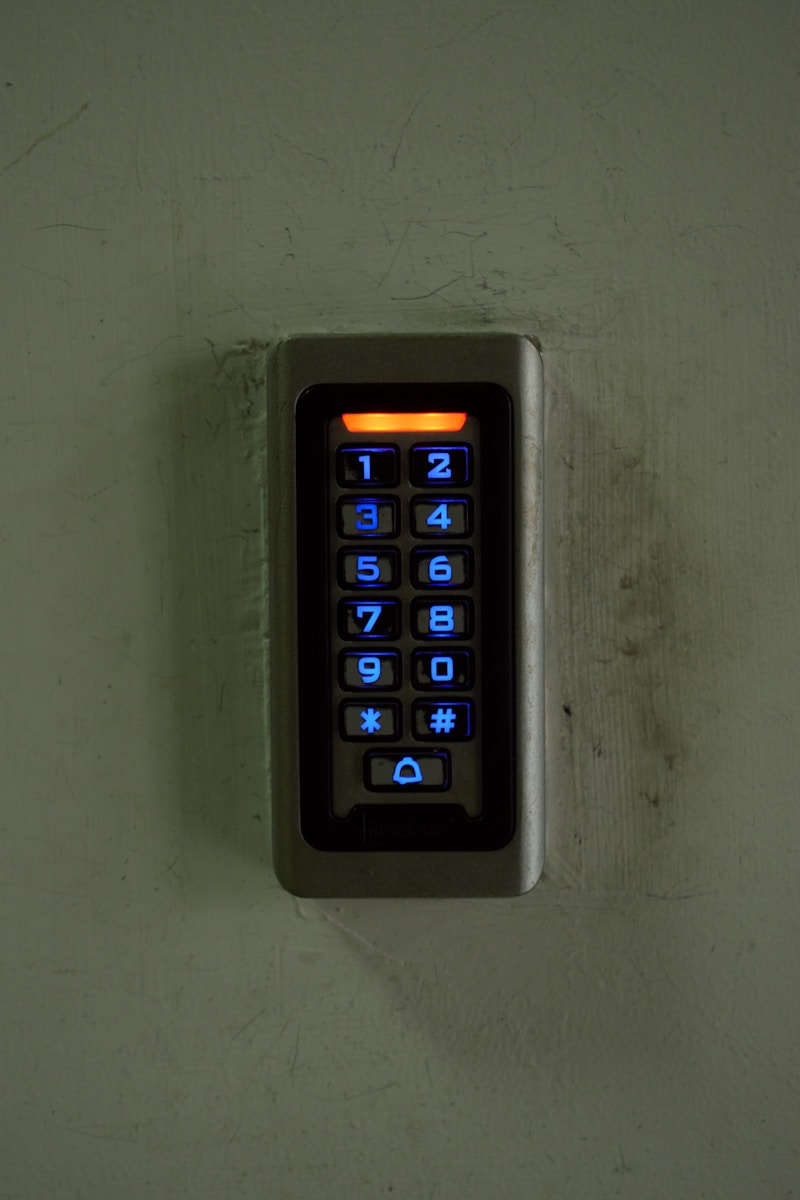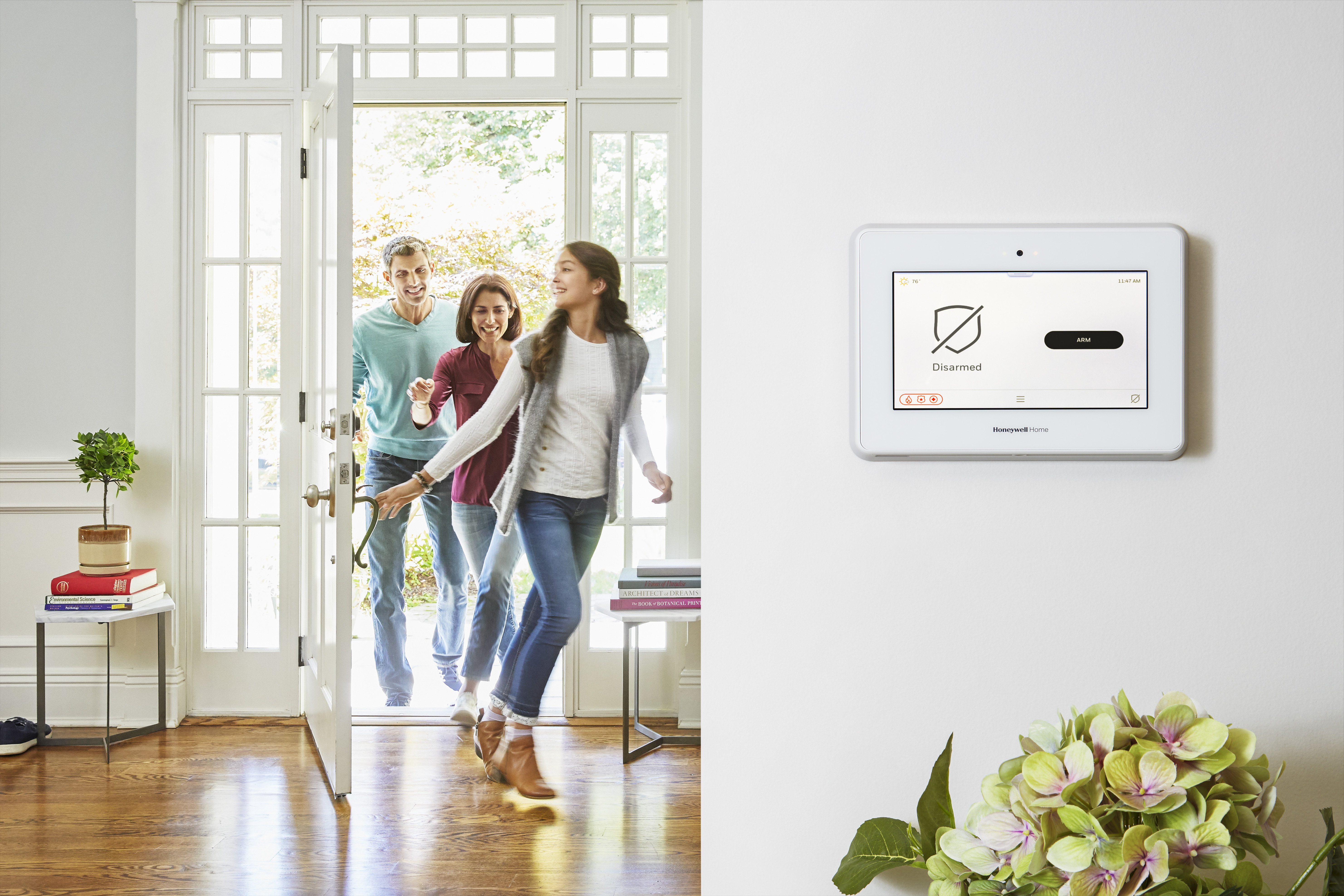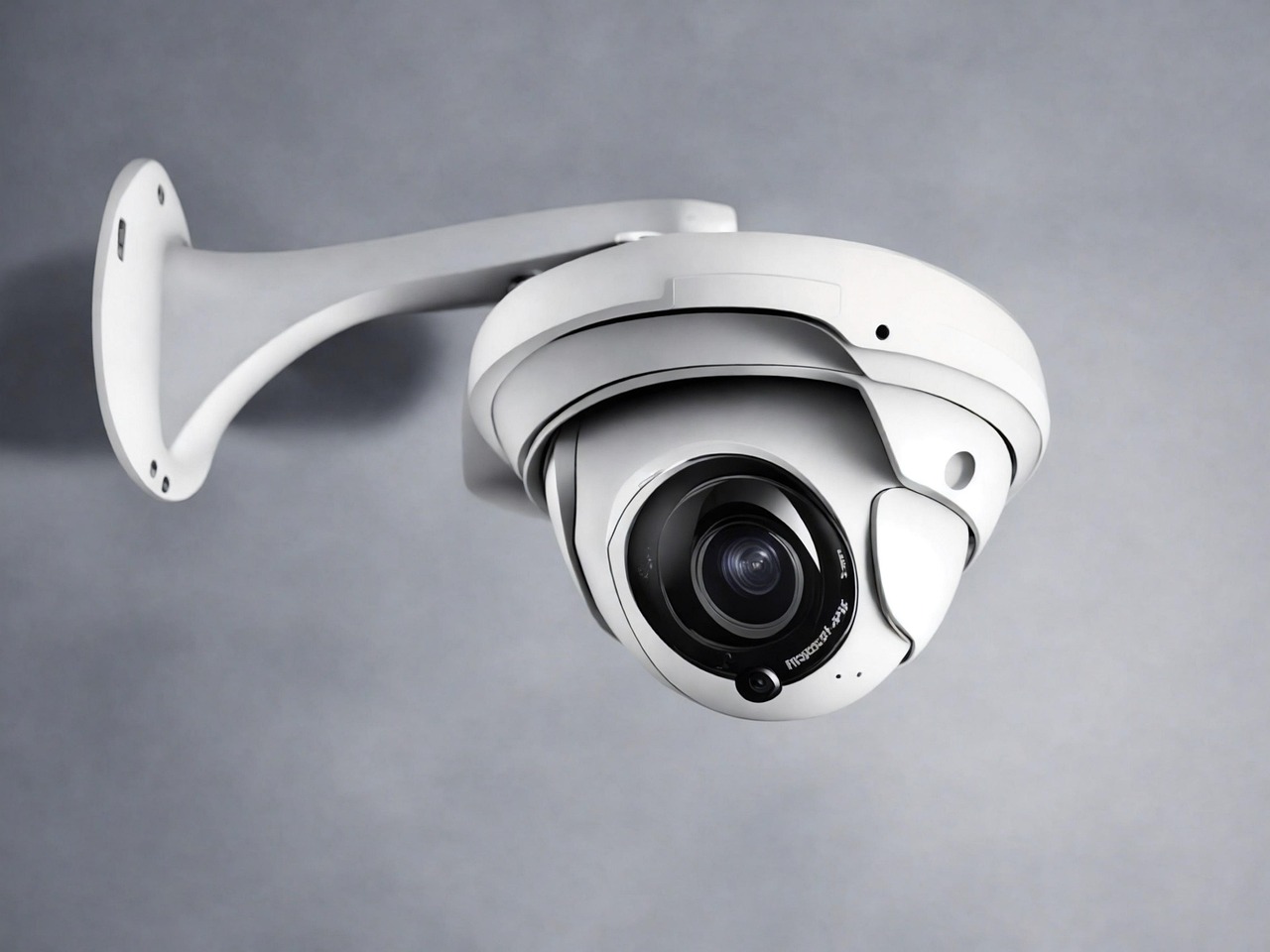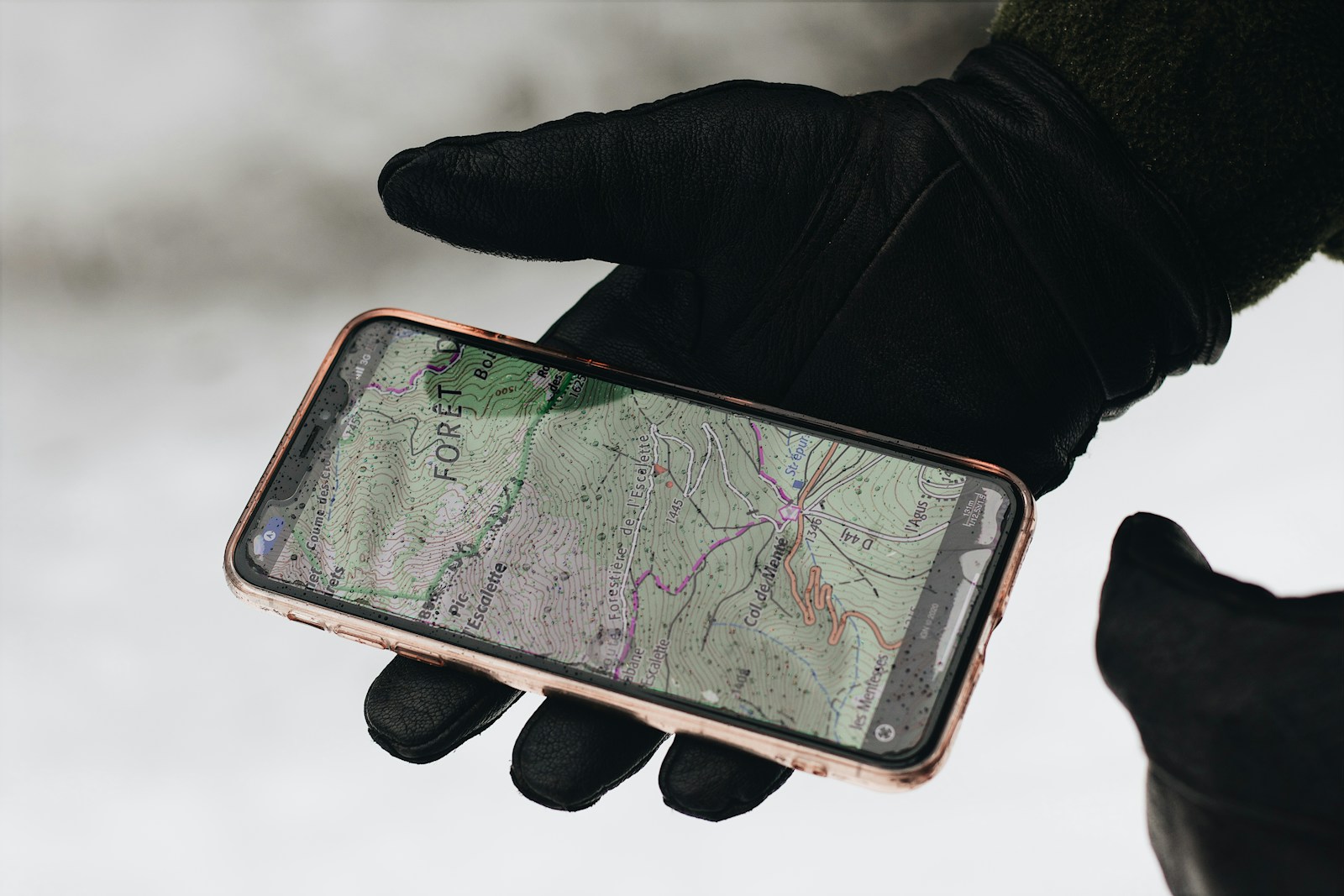Security Services
Access Solutions
Security Alarm Systems
Security Cameras
GPS Systems

Access Solutions
Access control solutions are systems that manage and restrict access to physical or digital resources. These systems are often used to ensure that only authorized individuals can enter specific areas or access certain information. Here’s a breakdown of various types of access control solutions:
1. Physical Access Control Systems (PACS)
• Key Card/Key Fob Systems: Employees or authorized personnel use key cards or fobs to gain access to restricted areas. These systems can be programmed to limit access to specific doors, floors, or times.
• Biometric Access Control: This system uses unique biological features (e.g., fingerprints, retina scans, facial recognition) for authentication. It’s highly secure since biometrics are difficult to replicate.
• PIN Code Systems: Users input a personal identification number (PIN) on a keypad to gain entry. Often used in conjunction with other systems for an added layer of security.
• Smart Locks: These locks can be controlled through mobile apps, keycards, or biometric data. They are commonly used for securing doors, cabinets, or file storage areas.
2. Digital (Network-Based) Access Control
• Identity and Access Management (IAM): IAM systems help organizations ensure that the right individuals have access to the appropriate resources (files, applications, etc.) based on their roles or permissions.
• Single Sign-On (SSO): SSO allows users to access multiple systems with one set of credentials, reducing password fatigue and improving usability.
• Multi-Factor Authentication (MFA): This adds an extra layer of security by requiring two or more methods of verification—like a password and a code sent to the user’s mobile device—before granting access.
• Role-Based Access Control (RBAC): This system grants access rights based on roles within an organization. For example, a manager might have different system access than a regular employee.
3. Cloud-Based Access Control
• Cloud-Integrated Systems: Many modern access control solutions are cloud-based, offering remote monitoring and management. This allows organizations to control access to both physical spaces and digital environments from anywhere.
• Mobile Access Solutions: Using smartphones or tablets, users can unlock doors, secure facilities, or access digital platforms remotely, improving convenience and security.
4. Video Surveillance & Visitor Management Systems
• Video Surveillance: Integrated with access control systems, surveillance cameras provide visual monitoring of access points, which can act as both a deterrent and a means of confirming who enters and exits certain areas.
• Visitor Management: These systems are used to track and control the access of guests and contractors, often involving visitor check-ins, badges, and temporary access credentials.
Key Benefits of Access Control Solutions:
• Security: Prevents unauthorized access to sensitive areas or information.
• Audit Trails: Records who accessed what and when, useful for security audits and compliance.
• Efficiency: Reduces the need for manual checks and streamlines access to various resources.
• Cost Savings: Reduces the need for traditional keys and locks, and eliminates the risk of lost or stolen keys.
Security Alarm Systems
Security alarm systems are designed to detect unauthorized access or emergencies, such as fires, intrusions, or gas leaks, and alert the appropriate authorities or individuals. These systems are widely used in residential, commercial, and industrial settings to enhance safety and security. Here’s an overview of the main types of security alarm systems and their components:
1. Intruder Alarm Systems
• Motion Detectors: These sensors detect movement within a designated area. They are typically used to monitor indoor spaces and can detect changes in infrared energy when someone enters.
• Door/Window Contacts: These sensors are placed on doors or windows and trigger an alarm if the door or window is opened without authorization. They’re common in both residential and commercial alarm systems.
• Glass Break Detectors: These detect the sound or vibration of breaking glass, providing an additional layer of security, especially in areas with large windows.
• PIR Sensors (Passive Infrared Sensors): These sensors detect heat changes in a specific area, identifying motion through infrared energy. They are commonly used in combination with other sensors for increased accuracy.
• Control Panel: The central unit of the system where all devices are connected. It processes signals from the sensors and triggers alarms when necessary.
• Alarm Sirens and Strobes: These devices produce loud sounds and flashing lights to alert people nearby of an intrusion, and they also deter intruders.
2. Fire Alarm Systems
• Smoke Detectors: These sensors detect the presence of smoke, which is often a sign of fire. There are two main types: ionization smoke detectors (which are sensitive to fast, flaming fires) and photoelectric smoke detectors (which are better at detecting smoldering, slow-burning fires).
• Heat Detectors: These detect changes in temperature, particularly a sudden rise in heat, which could indicate a fire.
• Fire Alarm Panel: This is the central system that receives signals from smoke and heat detectors and activates the alarm. It also notifies fire emergency services if connected.
• Sprinkler Systems: Often integrated with fire alarms, sprinkler systems automatically release water to extinguish or contain the fire.
3. Carbon Monoxide & Gas Leak Detectors
• Carbon Monoxide Detectors: These detect the presence of carbon monoxide, a colorless, odorless gas that can be deadly at high concentrations. They are critical for homes with gas appliances, fireplaces, or attached garages.
• Natural Gas and Propane Detectors: These systems detect leaks in natural gas or propane lines. If a dangerous level of gas is detected, the system can trigger an alarm and shut off the gas supply to prevent explosions.
4. Flood & Water Leak Detection Systems
• Water Leak Sensors: These sensors are placed near vulnerable areas (e.g., water heaters, basement floors) to detect leaks that could cause flooding. They alert homeowners or building managers to potential water damage.
5. Monitoring & Connectivity
• Local Alarms: These alarms sound only within the premises, alerting people on-site to the emergency.
• Monitored Alarm Systems: These systems are connected to a central monitoring station. If an alarm is triggered, the monitoring station is immediately notified, and they can contact the appropriate authorities for assistance.

Security Cameras
IP security cameras (Internet Protocol cameras) are a modern and highly effective solution for surveillance and monitoring, allowing for easy connection to networks and access from virtually anywhere. Unlike traditional analog cameras, IP cameras use the internet or a local network to send and receive data, providing superior image quality, flexibility, and remote access. Here’s an overview of IP security cameras and their features:
Key Features of IP Security Cameras:
1. High Definition Video Quality
• IP cameras offer higher resolution compared to traditional analog cameras, often providing Full HD (1080p) or higher resolution, up to 4K or even 8K in some models. This ensures clearer, more detailed footage that can be crucial for identifying faces, license plates, and other small details.
2. Remote Access and Monitoring
• IP cameras can be accessed remotely from anywhere using a computer, smartphone, or tablet. This makes it convenient for business owners or homeowners to monitor their properties in real time, even when they are miles away. Many IP cameras also allow you to store footage in the cloud, enabling remote access to historical footage
3. Two-Way Audio
• Many IP cameras come with built-in microphones and speakers, allowing for two-way communication. This feature is useful for areas like entrances, where you may want to speak with someone (e.g., a delivery person) without opening the door.
4. Wireless Connectivity
• While traditional security cameras require wired connections, many IP cameras offer wireless operation using Wi-Fi or Ethernet. Wireless cameras make installation easier and more flexible, as they don’t require running cables through walls.
5. Motion Detection and Alerts
• IP cameras typically come equipped with motion sensors that detect movement in the camera’s field of view. When motion is detected, the camera can trigger an alert (via email, text message, or app notification), and begin recording or streaming footage.
6. Cloud Storage and Local Storage Options
• Cloud Storage: Many IP cameras allow users to store video footage in the cloud, which provides the benefit of remote access and offsite storage (important in case of theft or damage to the camera).
• Local Storage: Some IP cameras include support for SD cards, NAS (Network Attached Storage), or DVR/NVR systems, where video footage can be stored on-site.
7. Advanced Features
• Pan-Tilt-Zoom (PTZ): PTZ cameras can be remotely controlled to pan (move horizontally), tilt (move vertically), or zoom in on specific areas. These are ideal for larger spaces or areas that require a broad coverage area.
• Night Vision: Many IP cameras come with infrared (IR) capabilities for night vision, enabling them to capture clear footage even in low light or complete darkness.
• Smart Analytics: Some IP cameras offer advanced video analytics, such as facial recognition, object tracking, or intrusion detection, which can be integrated with other security systems for enhanced protection.
Types of IP Security Cameras
1. Dome Cameras
• These cameras are typically ceiling mounted and offer a 360-degree field of view. Their dome shape provides discreet surveillance, and they often feature anti-vandalism designs, making them ideal for both indoor and outdoor installations.
2. Bullet Cameras
• Bullet cameras are long and cylindrical, designed for outdoor use. They typically have a fixed field of view and are commonly used to monitor areas like entrances, parking lots, and perimeters. Their weatherproof designs make them durable in various outdoor environments.
3. PTZ Cameras
• PTZ (Pan-Tilt-Zoom) cameras are designed for large areas, such as parking lots, warehouses, or expansive properties. These cameras can be remotely controlled to adjust the viewing angle, zoom in on specific areas, and track moving objects.
4. Fisheye Cameras
• Fisheye cameras offer a wide-angle lens (up to 360 degrees), making them ideal for monitoring a large area with a single camera. They are commonly used in indoor environments like retail stores, lobbies, and offices.
5. Hidden Cameras
• Some IP cameras are designed to be discreet and can be hidden in everyday objects like smoke detectors, clocks, or air purifiers, making them ideal for surveillance without drawing attention.
Advantages of IP Security Cameras
• Scalability: IP cameras are easier to scale than analog systems. You can easily add new cameras to your network without complex rewiring, making them ideal for growing businesses or expanding properties.
• Integration with Other Systems: IP cameras can integrate seamlessly with other security systems, such as alarm systems, access control systems, and video management software (VMS), providing a comprehensive security solution.
• Higher ROI: While IP cameras might have a higher initial cost, the superior image quality, flexibility, and scalability make them a better long-term investment compared to analog cameras.
• Better Reliability: With advanced features like error-correction protocols, IP cameras tend to be more reliable and less prone to technical issues like video degradation or loss of signal.


GPS (Global Positioning System
GPS devices are tools used to determine the precise location of an object or individual using signals from satellites. They are commonly used in a variety of applications, from personal navigation to fleet management. Below is an overview of GPS devices, their types, and common uses:
What is GPS?
GPS (Global Positioning System) is a satellite-based navigation system that provides real-time location data. It uses a network of at least 24 satellites orbiting Earth, transmitting signals to GPS receivers. The device calculates its location by determining how long it takes for the signals to travel from multiple satellites.
Types of GPS Devices
1. Personal GPS Devices
• Handheld GPS: These are portable devices designed for hikers, campers, and outdoor enthusiasts. They often include additional features such as weatherproofing, long battery life, and pre-loaded topographic maps for navigating remote areas.
• Car GPS: Car GPS units are used for driving directions and route planning. They often include maps, points of interest (POIs), traffic updates, and sometimes voice-guided navigation.
• Smartphone GPS: Modern smartphones have built-in GPS functionality that can be used with various apps for navigation, tracking, and location-based services. Apps like Google Maps, Apple Maps, and Waze rely on your phone’s GPS to provide real-time navigation and updates.
• Wearable GPS: These are GPS-enabled devices worn on the body, such as fitness trackers, smartwatches, or specific running GPS watches. They are useful for tracking personal activities such as running, biking, or hiking.
2. Vehicle GPS Trackers
• Vehicle GPS Trackers: These devices are installed in vehicles to monitor real-time location, speed, and route. They are commonly used for fleet management, car security, or to track the movements of a personal vehicle.
• OBD-II GPS Trackers: These GPS trackers plug into a vehicle’s OBD-II port (usually found under the dashboard) and provide data on the vehicle’s location, speed, engine performance, and more. They’re often used by fleet management companies to monitor the health and movements of vehicles.
• Dashcam GPS: Some dashcams come with GPS functionality, recording your location and driving route alongside video footage. These are commonly used for added security and to document driving behavior.
3. GPS for Asset Tracking
• Asset Trackers: These GPS devices are attached to valuable assets (e.g., cargo, machinery, or equipment) to track their location in real-time. They are useful for businesses that need to monitor expensive equipment or shipments in transit.
• Pet GPS Trackers: Designed for pets, these small, wearable GPS trackers help owners keep tabs on their animals, ensuring they don’t wander off or get lost.
Key Features of GPS Devices
• Real-Time Tracking: GPS devices provide live location updates, allowing users to see their movements on a map in real-time.
• Mapping and Navigation: Many GPS devices include detailed maps and offer turn-by-turn navigation to guide users to their destination.
• Geofencing: This feature allows users to set virtual boundaries for the GPS device. If the device moves outside the set area, an alert is sent. This is useful for monitoring vehicles, children, or pets.
• Route Planning: GPS devices can help plan the best routes based on distance, time, and traffic conditions.
• Data Logging and Reporting: Some GPS devices store historical location data, which can be useful for tracking performance or reviewing past movements.
• Battery Life: The battery life of GPS devices varies depending on the type, with some devices offering several hours of continuous tracking or up to days of standby time.
Applications of GPS Devices
1. Navigation and Travel
• GPS devices are essential for travel, whether by car, foot, bike, or public transportation. They guide users through unfamiliar routes and provide estimated arrival times.
2. Fitness and Sports Tracking
• Wearable GPS devices track movement, distance, pace, and calories burned during activities like running, cycling, and hiking. They also track progress over time and can sync with fitness apps for deeper insights.
3. Security and Safety
• GPS devices can help in case of emergencies by providing the precise location of a person, vehicle, or asset. This is crucial for search-and-rescue operations or recovering stolen goods.
4. Fleet and Asset Management
• Businesses use GPS for real-time monitoring of vehicles and assets, ensuring operational efficiency and security. GPS data can be used to optimize delivery routes, monitor fuel usage, and ensure timely arrivals.
5. Outdoor Adventures
• GPS devices are used by outdoor enthusiasts for activities like hiking, camping, and geocaching. They provide accurate maps and locations, ensuring adventurers don’t get lost in remote areas.
6. Child and Pet Tracking
• GPS trackers designed for pets and children can help parents and pet owners monitor their loved ones’ location at all times, offering peace of mind.
Advantages of GPS Devices
• Accuracy: GPS devices offer highly accurate location tracking, often within a few metres.
• Convenience: They make navigation and asset tracking much easier, reducing the likelihood of getting lost and improving efficiency.
• Security: GPS devices provide an added layer of security for vehicles, pets, children, and valuable assets.
• Efficiency: In business applications, GPS devices help optimize routes, reduce fuel consumption, and increase overall productivity.
GPS technology has a wide range of uses and has become an essential tool for personal safety, business operations, and outdoor activities.
